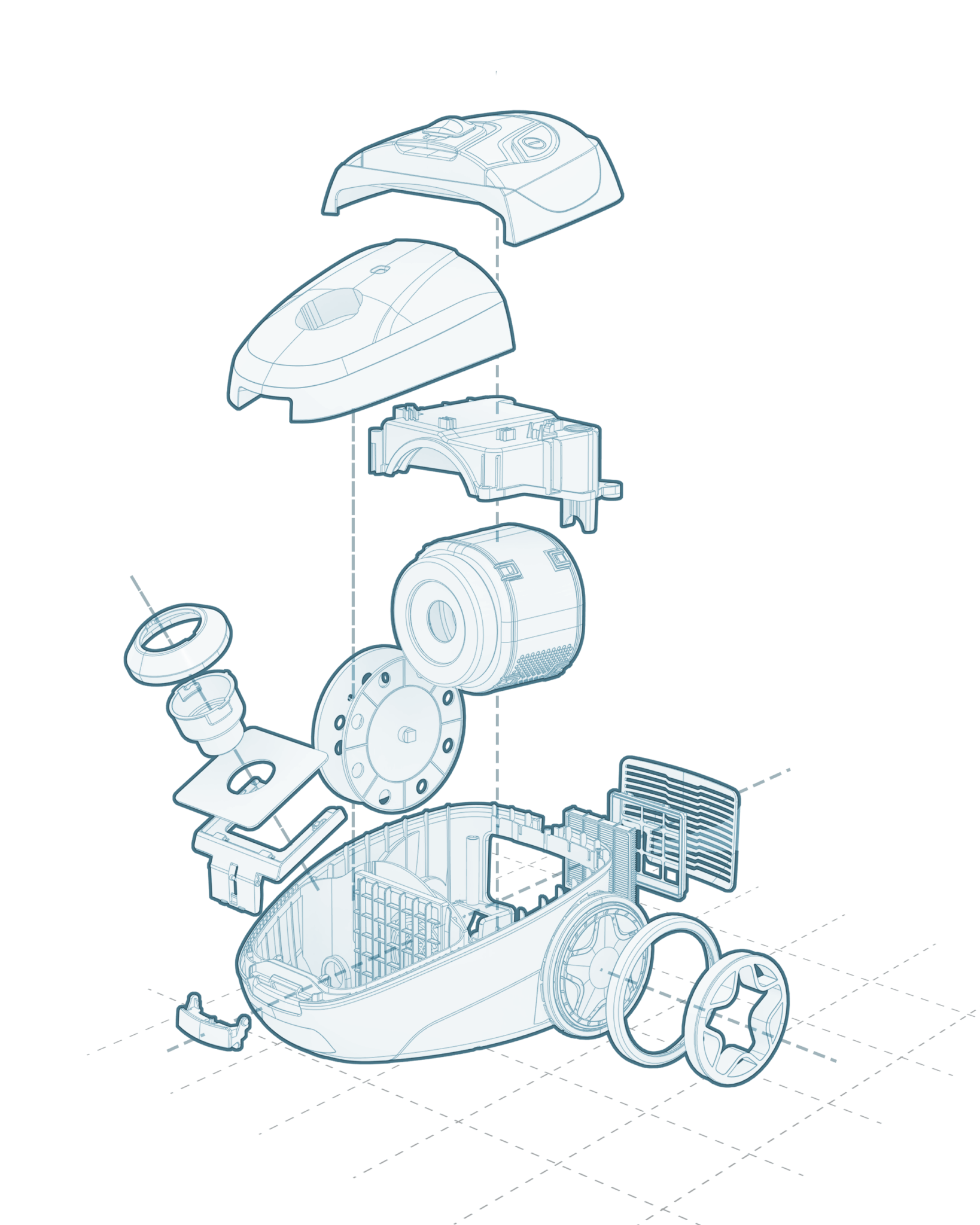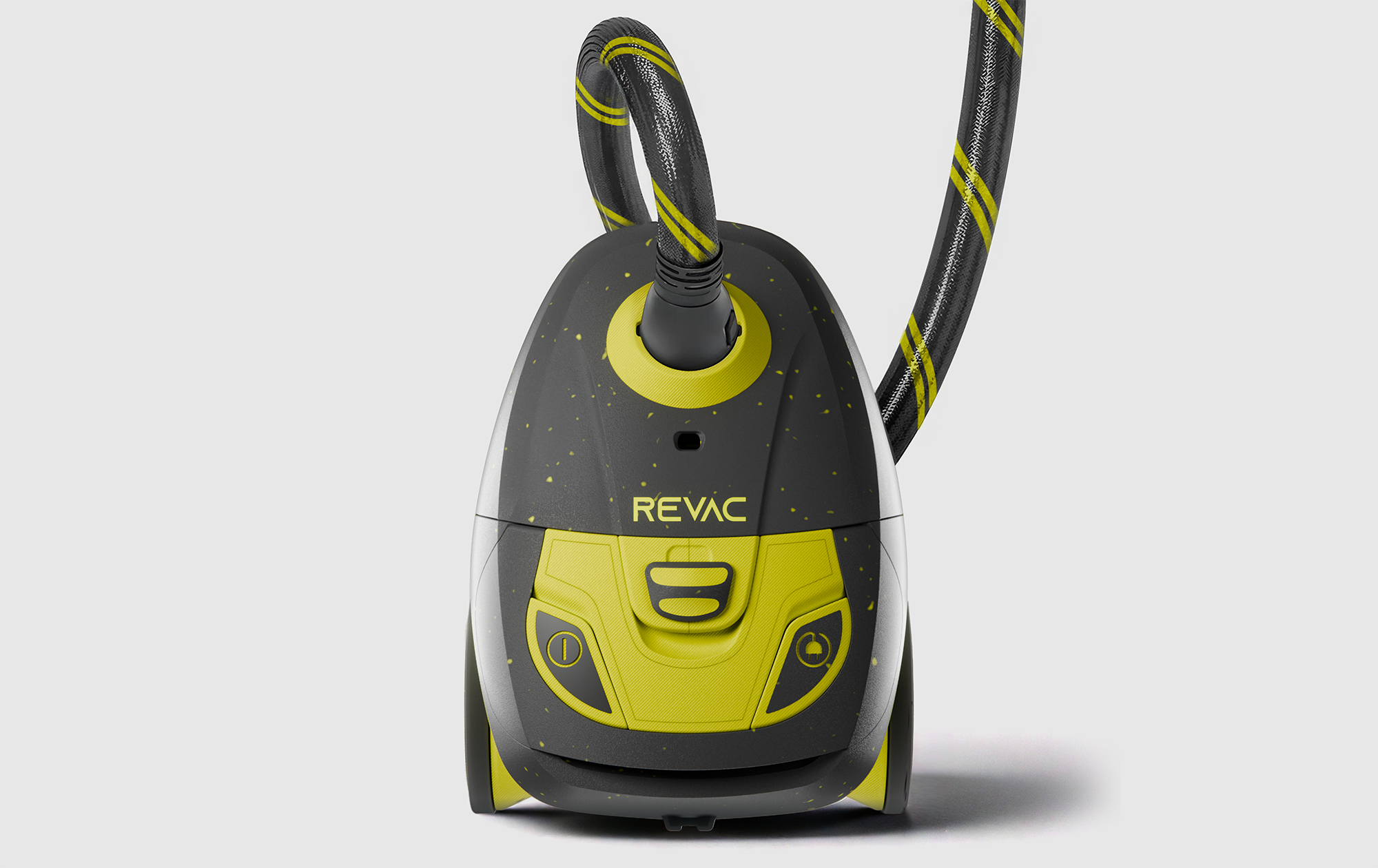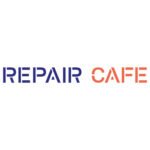Why design for repair
Designing for repairability can be a key to creating more sustainable products and aligning with the new EU regulations. To better understand the world of repair, we explored it from multiple angles. Attending the Retail 2 Repair expo, visiting a local Repair Cafés, speaking with Rataplan about second-hand products, and studying TU Delft’s research. These experiences gave valuable, hands-on insights into both the challenges and opportunities of repairable design. Combining this knowledge with our expertise, we developed 8 essential rules for repairability.

Rules for repairability
8 commandments for repairable design
1 DESIGN TO BE OPENED
Avoid glue, use standard screws, and minimize hidden fasteners
2 BUILD IN BLOCKS
Create modular designs with sub-assemblies to simplify disassembly
3 REPLACE EVERY PIECE
Each part should be removable, replaceable, or recyclable
4 KEEP IT STANDARD, STUPID
Avoid proprietary components; use standard screws, parts, and connectors
5 STRONGER LASTS LONGER
Reinforce high-wear areas avoid fragile parts and plastics
6 ACCESSIBLE REPAIR GUIDES
Provide manuals, diagrams, and step-by-step guides for easy repair
7 CLEARLY LABELED
Color-coding, QR codes, and part numbers simplify repairs
8 EMPOWER THE FIXER
Product design should support the right to repair
Why we created 8 rules for repairability
Designing for repairability can be complex, requiring a balance of regulations, durability, functionality, and ease of repair. To make this process simpler, we developed 8 key commandments that provide a clear overview of our approach to integrate repairability into our product design process.
Applying the 8 rules to a vacuum cleaner design
To show how the 8 commandments work in practice, we applied them to a vacuum cleaner design.This highlights how repairability can be seamlessly integrated without drastically altering the product’s appearance. The design remains familiar and functional, but with smarter design choices that make repairs easier, parts more accessible, and components replaceable. This proves that repairability doesn’t mean compromising on aesthetics, it means designing products to last.






